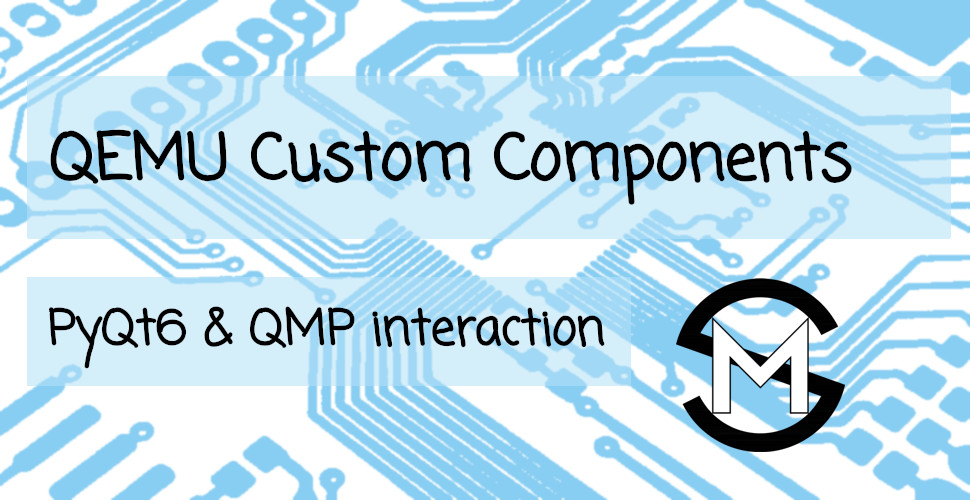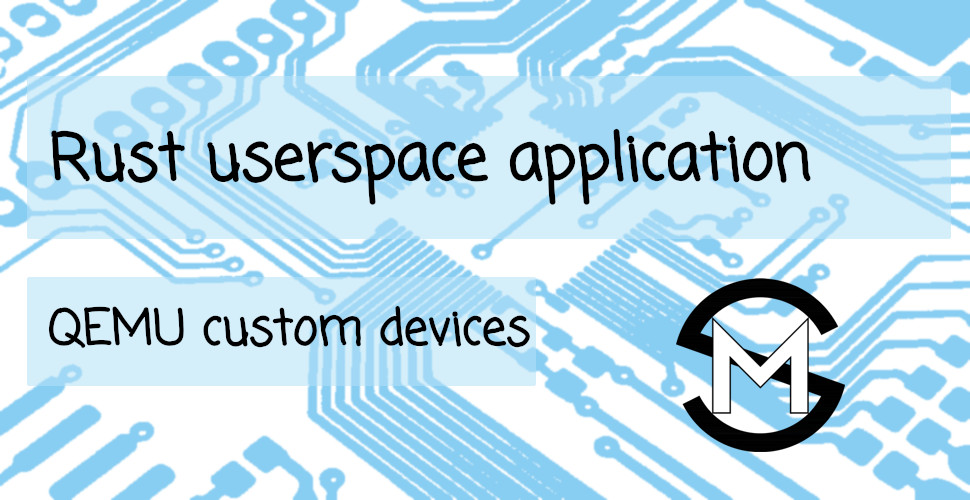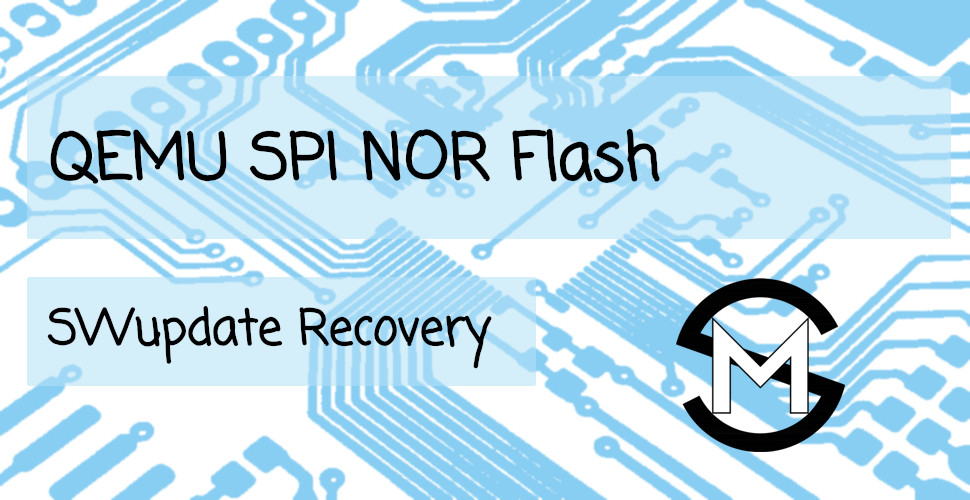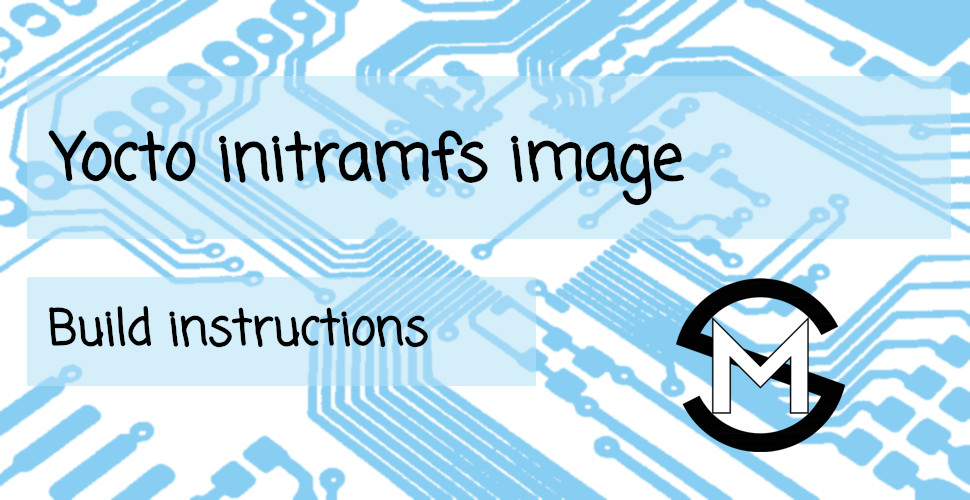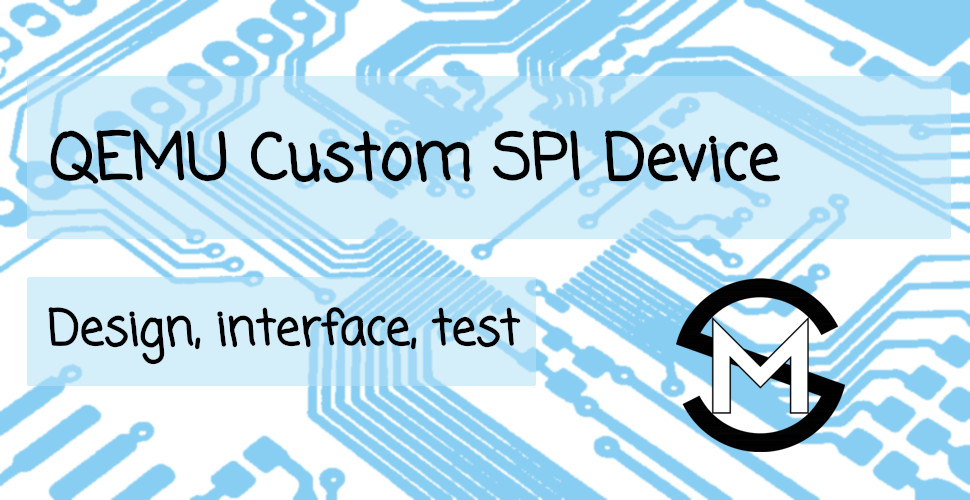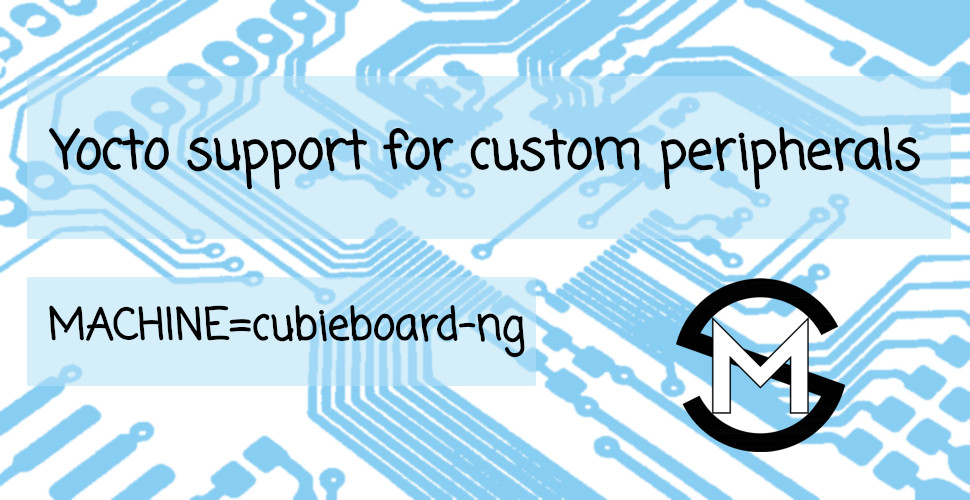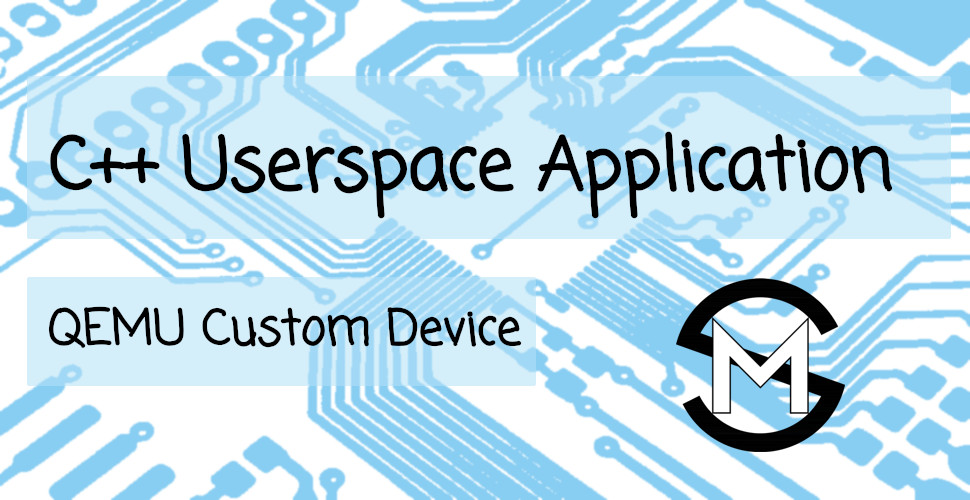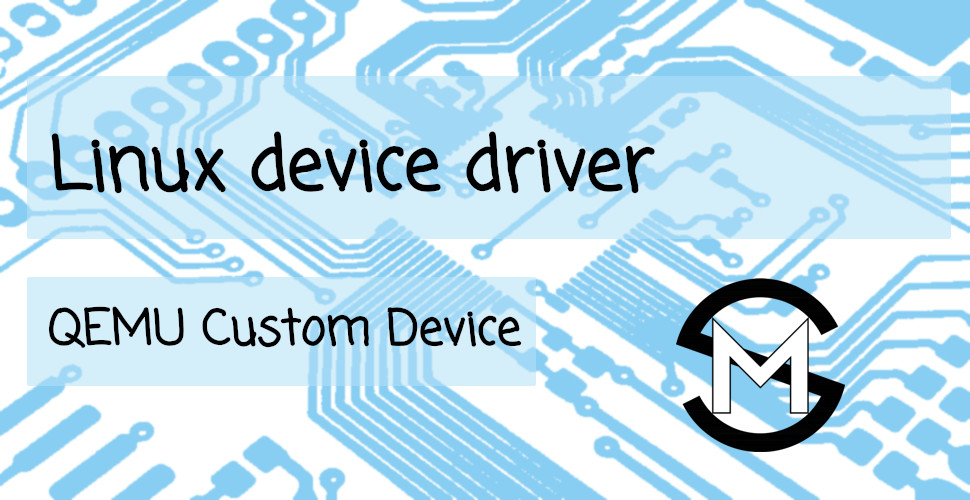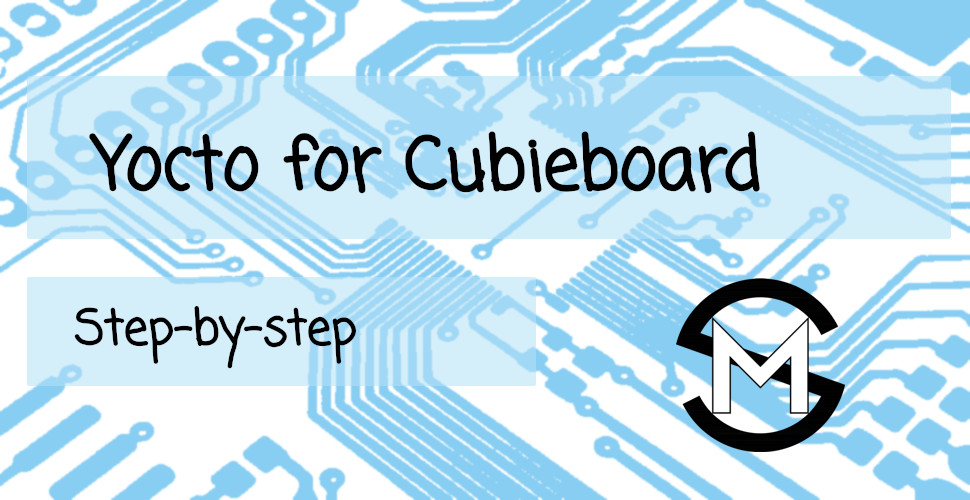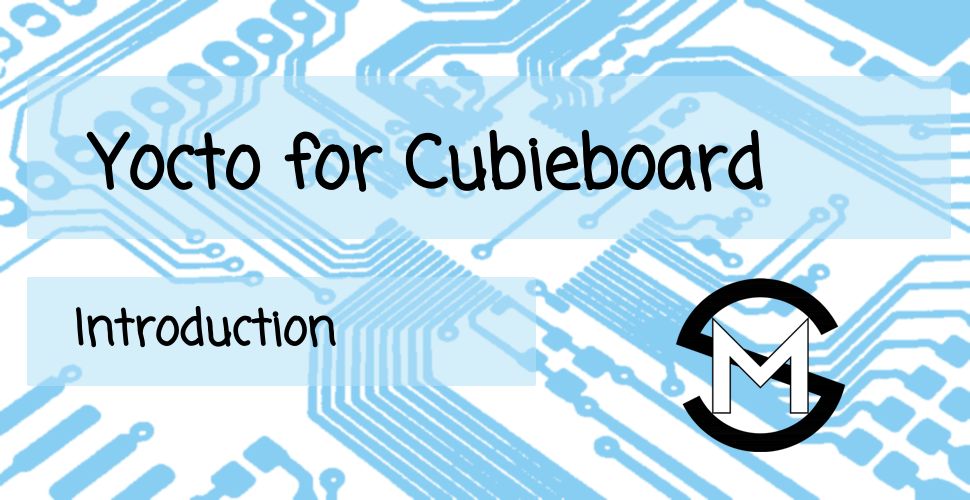Showing Posts With Tag
Yocto
- 06 Sep, 2025
Linux device driver for custom I2C peripheral in QEMU
In the I2C custom component post a new QEMU I2C peripheral was shown. Additionally, a C++ application (also Rust application) that can be used to interact with the peripheral from userspace was shown. ...
- 02 Aug, 2025
QEMU custom peripheral properties
In the QEMU TMP105 QMP interaction newsletter the interaction with an emulated QEMU component via QMP and properties was shown. Using Python and QMP it was possible to change the temperature that the ...
- 10 Jul, 2025
Rust userspace application for QEMU custom peripherals
After working with C, C++ and Python for more than 15 years, I got the opportunity to work with Rust at my current workplace (while still working primarily on Yocto and Linux). It has been a pleasant ...
- 18 May, 2025
Supporting multiple build configurations with Yocto
When adding new MACHINE and DISTRO configurations to Yocto, handling build setup for all of them can become complicated. The increased complexity is especially obvious when new DISTRO configurations a ...
- 04 May, 2025
QEMU SPI NOR flash with SWUpdate recovery
In the QEMU Custom SPI peripheral post the support for SPI controller for Cubieboard was introduced. A custom SPI peripheral was developed to demonstrate basic functionality. QEMU comes with out-of-th ...
- 30 Mar, 2025
Making initramfs image with Yocto
Embedded systems can have different types of persistent (non-volatile) storage, like eMMC, SD card, NOR or NAND flash memory. Each storage type has advantages and disadvantages with regards to the rea ...
- 20 Oct, 2024
Custom SPI peripheral in QEMU
In previous posts the process for creating a custom memory mapped and I2C peripheral in QEMU was shown. In this post we will go through the process of creating a new SPI peripheral, and userspace supp ...
- 21 Jul, 2024
SWUpdate for Cubieboard QEMU
Software update is an important part of design of modern embedded systems. It allows faster time to market, since fixes, security or stability updates or even new features can be pushed to the devices ...
- 09 Jun, 2024
Integrating support for custom QEMU peripherals in Yocto
In the previous posts a custom memory-mapped peripheral was introduced, together with the Linux device driver for it and a userspace application which can be used to interact with it. Besides the memo ...
- 26 May, 2024
Custom I2C peripheral in QEMU
QEMU supports creating various peripherals, not only the memory-mapped shown in previous posts. In this post we will go through the process of creating a new I2C peripheral, and userspace support for ...
- 19 May, 2024
Userspace application for QEMU custom memory-mapped device
This is part 3 of the Linux device driver development post series. In the previous post the structure of a Linux device driver for the custom memory-mapped peripheral in QEMU was shown. In this post w ...
- 19 May, 2024
Linux Device Driver for QEMU custom memory-mapped device
This is part 2 of the Linux device driver development post series. In the previous post the steps for creating a custom memory-mapped peripheral in QEMU were presented. In this post following items wi ...
- 21 Apr, 2024
Yocto for Cubieboard in QEMU - Step-by-step
In the previous post Ubuntu was used as root filesystem. Using Ubuntu as root filesystem is simple and fast to use, but it also has a lot of packages which are not necessary. In this post I will cover ...
- 21 Apr, 2024
Yocto for Cubieboard in QEMU
Root filesystem options The root filesystem is an important part of the BSP (Board Support Package), since it holds all of the applications, configuration files and kernel modules. There are several w ...

